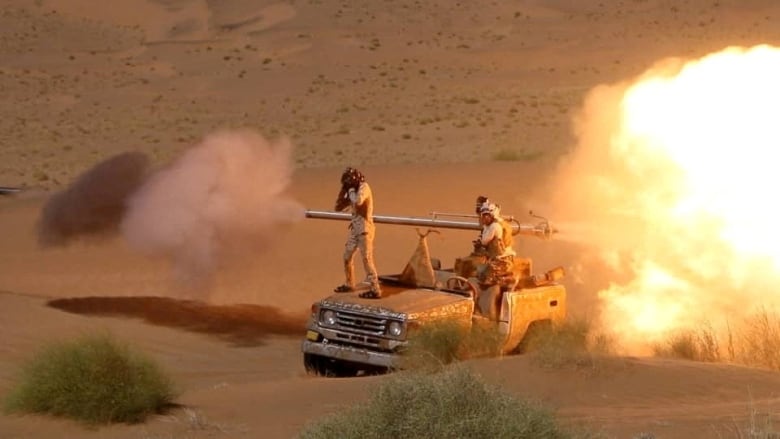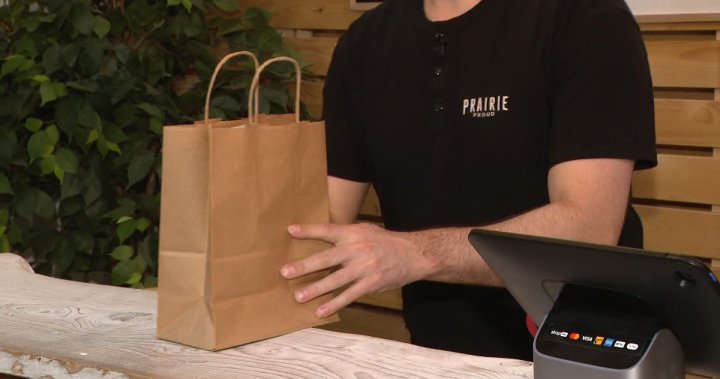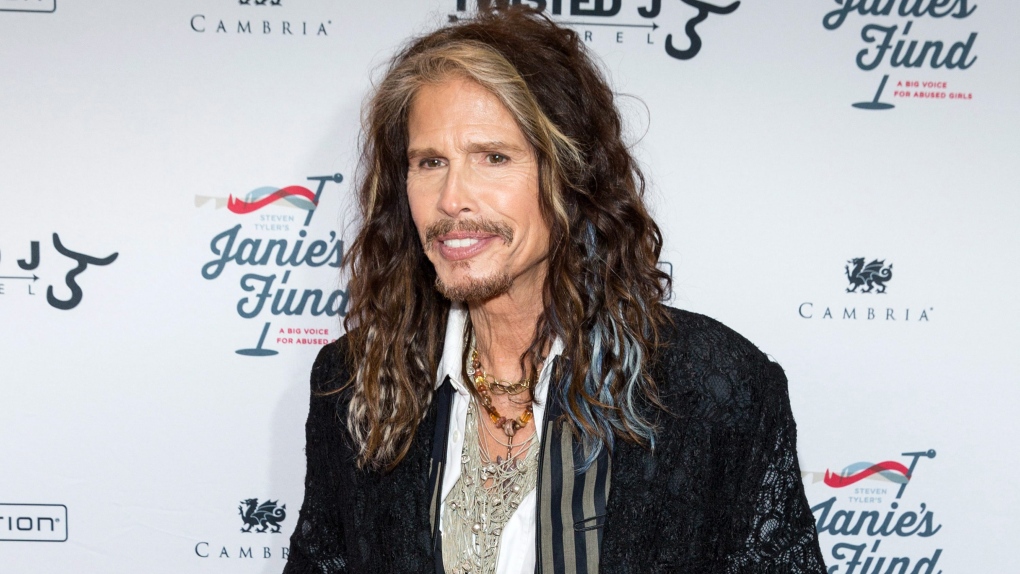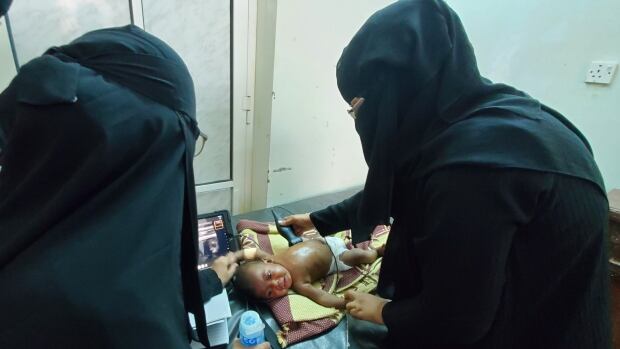It’s not how Dr. William Cherniak pictured it would go.
The emergency room doctor at Markham Stouffville Hospital north of Toronto is co-founder of a group called Bridge to Health, a Canadian non-governmental organization that delivers medical and dental aid to countries around the world.
He had just received approval for a pilot project to train doctors in Yemen to use portable ultrasound machines. Then came COVID-19.
“Initially, we were supposed to actually fly in and bring the devices with us for an initial one-week training period, but then, the pandemic kicked in just as we got approval for the grant,” he said.
He’s led missions to Uganda and Kenya using the same technology, which relies on a hand-held scanner that connects to a smartphone or tablet, but says it’s the first time people in Yemen are being trained to use the scanners.
“We had to figure out how to get these into a country without us going — how to get them to the hospitals we are working with and how do we train people virtually,” Cherniak said.

Majority of Yemenis rely on humanitarian assistance
The impact of COVID-19 has been disproportionately harder on poorer countries, and in Yemen, the situation has been made worse by a civil war that has lasted since 2014, when Houthi rebels ousted President Abdrabbuh Mansur Hadi and seized control of northern Yemen.
Saudi Arabia entered the war in 2015, heading a coalition that backed the country’s Sunni faction against the Houthis, who are Zaidi, a minority Shia sect, and have Iran’s support.

According to the United Nations, more than 233,000 people have been killed in the conflict and more than four million people have been forced to flee their homes.
The UN considers Yemen one of the poorest countries in the Arab world, and food insecurity, lack of access to clean water and a fragile health care system mean an estimated 24.1 million people, or about 80 per cent of the population, are in need of some form of humanitarian assistance.
Canada has pledged $70 million in aid for Yemen but has been criticized by the UN and others for continuing to sell military equipment to Saudi Arabia. According to Global Affairs Canada in 2020, Canadian weapons exports to that country totalled $1.3 billion.
The ongoing conflict and pandemic travel restrictions have also stopped fly-in medical missions from Canada and the United States.
LISTEN | UN report calls out Canada for selling arms to Saudi Arabia:
The Current24:35An escalation in violence in Yemen prompts questions about Canada’s responsibilities
An escalation in violence in Yemen is sparking fresh concerns over the humanitarian situation in that country — and bringing up questions about Canada’s weapons contract with Saudi Arabia. We talk to Ahmed Mahat, head of mission for Yemen for Médecins Sans Frontières; Thomas Juneau, assistant professor at the University of Ottawa’s Graduate School of Public and International Affairs, and author of the book Le Yémen en guerre (Yemen at war); and Ardi Imseis, assistant professor of law at Queen’s University, who spent 12 years as a UN official in the Middle East and has helped investigate Yemen’s civil war. 24:35
Real-time feedback
Cherniak said 12 ultrasound scanners and 10 iPads were delivered to Ibn Sina Hospital and the Hadhramout University Hospital in the port city of Al Mukalla in southern Yemen.
The delivery was funded in part by $250,000 from Grand Challenges Canada, a not-for-profit organization that invests in technological innovations and is supported by the federal government.
On the ground, liaison personnel with MedGlobal, a U.S. NGO that works with Bridge to Health, have helped set up online training for a group of 15 medical staff.
“It’s the first time to my knowledge ever where we are trying to do 100 per cent of the training 100 per cent remotely,” said Cherniak.
It meant getting the hospitals access to satellite internet. That allowed them to remain connected after much of the country lost internet access after deadly air strikes in northern Yemen that killed 82 and damaged the infrastructure of TeleYemen, the state-owned monopoly that controls internet access in the country.
Half a world away – in his home office in a downtown Toronto condo – Cherniak can review the scans done by trainees in Yemen and give them feedback on how to improve technique and guidance on making a diagnosis.

Hope to improve health outcomes
According to Bridge to Health, except for the local trainer in Yemen, all the doctors involved are volunteers.
Dr. Nahreen Ahmed is an assistant professor of clinical medicine at the University of Pennsylvania in Philadelphia. She is the head of ultrasound training for Bridge to Health. Along with instructing the trainees by video link, she reviews the scans they upload to the cloud.
“If I place a comment on an image, they can see it almost immediately in Yemen. And so that’s pretty incredible to give that kind of real-time feedback,” she said.
Ahmed says while the project is unique, having ultrasound or radiological scans viewed by another physician in a different country is common.
“You have to have an expert review your images, and most of the time, your images are being reviewed remotely,” she said.
From detecting pediatric pneumonia to pregnancy complications and internal trauma from injuries sustained in the ongoing conflict, access to diagnostic medical imaging can save lives. Ahmed says Bridge to Health will be tracking how effective the training and tools are and expand the project to other hospitals across the country if it’s successful.
“We can really improve these kinds of health care outcomes across a country that’s been debilitated by warfare and famine,” he said.
Sharing knowledge
Dr. Abdulla Bagahizel is Bridge to Health’s local trainer. He divides his time between his medical studies in Cairo, Egypt, and training in Al Mukalla. He says the 15 trainees all have medical backgrounds and come from three departments in the hospital – pediatrics, maternity and trauma — with about half men and half women.
“It’s not just the device but how these trainees share all their knowledge,” Bagahizel said. “We are looking at the sustainability of this project, and that will be how the trainees will be trainers in the future.”

“I saw [the trainees] … asking for details and giving feedback on videos. They provide us with great feedback,” said Bagahizel.
According to Bagahizel, Ibn Sina Hospital and Hadhramout University Hospital, serve about three million people in the region and are experiencing a shortage of all kinds of medical equipment, including specialized IV pumps, ventilators, ECG monitors and defibrillators. Patients in need of X-ray imaging have to be transported 50 km away.
Since local power stations are experiencing a chronic shortage of fuel, there is currently no electricity in Al Mukalla, and the hospitals are being powered by gas generators, Bagahizel said.
Dr. Abu Baker Wajeeh Bin-Noob, a pediatric resident at Hadhramout University Hospital, says having ultrasound scanners right at the patient’s bedside is “a quantum leap” improvement in care.
“This saved us a lot of time, which we need, since time here, in the medical field generally, is very important for saving lives,” he said.
“And this has reflected onto the patients themselves in their happiness and admiration with this new technology, which hasn’t been known to us … for a very long time.”
Could impact future missions
Cherniak from Bridge to Health says it’s the ‘”train the trainer” model that differentiates this medical mission from the typical one where doctors parachute in, sets up temporary clinics to treat as many patients as possible, then fly back home.
“We still come in as external folks, but the aim is to help those local physicians to become experts themselves.”

Still, Cherniak says there is no substitute for having physicians experience other health care settings in person.
“It’s different when you see things with your own eyes — it bursts that bubble of what care looks like in a wealthy country, which is different than what health care is like for most people around the world.”
Cherniak says the changes made during the pandemic have shown how medical missions could be done in the future.
“I would like to see medical missions continue, but in a more thoughtful way,” he said. “Maybe you don’t always send a team or maybe not as large a team. We can find ways to complement what we’ve learned.”
WATCH | A unique attempt to revive Yemeni heritage through music:
Yemen is trying to revive the production and playing of an ancient Yemeni lute, known as the Qanbūs, after it nearly died out in the 20th century. ‘This is a revival of the Yemeni heritage,’ said one young player. 1:12








More Stories
Confidence levels taking a hit as costs rise for local Saskatchewan businesses | Globalnews.ca
Winnipeg dental program serving inner-city youth marks 25 years – Winnipeg | Globalnews.ca
Powerful tornado tears across Nebraska, weather service warns of ‘catastrophic’ damage